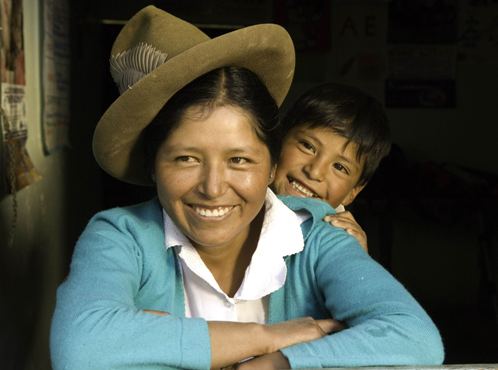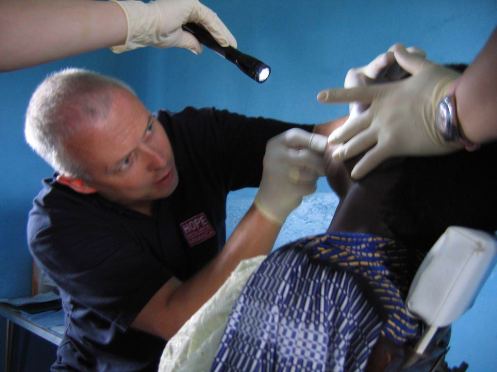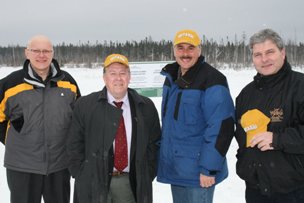This article was provided by the Ontario Mining Association (OMA), an organization that was established in 1920 to represent the mining industry of the province.
The Ontario Mining Association Environment Committee has representatives from most member companies, who possess a wide spectrum of specialties and tackle a broad palate of issues and concerns. Under the leadership of Committee Chair Nancy Duquet-Harvey of Northgate Minerals, about 30 of the green miners met recently in Timmins. The group had an extremely full agenda in the session, which followed the second Ontario Mine Reclamation Symposium and Field Trip.
The OMA Environment Committee regularly deals with the Ministry of Environment and handles both analysis of proposed legislation and regulations and proactively develops programs, protocols and, in some cases, computer software to improve environmental performance and reporting of member companies. The group makes it a habit of sharing best practices, communicating well and working co-operatively. The collective expertise that members bring to the Committee makes it possible to effectively address issues that are highly complex and technical.
Major items on the agenda for the recent Timmins meeting included responses to the Toxics Reduction Act and the air standards setting process under Regulation 419. The Committee has made two submissions on the toxics reduction initiative, expressing support for the government´s intent, but concern about provisions for very broad regulation-making powers and the lack of any defined test setting out how “toxic substances” will be identified and designated.



























 Over 5,000 villagers living in Tanzania’s Lake Victoria area have received free emergency dental care, thanks to a unique partnership Barrick established with Bridge2Aid in 2003. Bridge2Aid is a British NGO specializing in providing dental care in Tanzania, where experts estimate 70 to 90 per cent of the population have no access to dental care.
Over 5,000 villagers living in Tanzania’s Lake Victoria area have received free emergency dental care, thanks to a unique partnership Barrick established with Bridge2Aid in 2003. Bridge2Aid is a British NGO specializing in providing dental care in Tanzania, where experts estimate 70 to 90 per cent of the population have no access to dental care.  The following excerpt by Vale Inco President and Chief Executive Officer Murilo Ferreira is from the Vale Inco sustainability report released last summer. The full report is available at:
The following excerpt by Vale Inco President and Chief Executive Officer Murilo Ferreira is from the Vale Inco sustainability report released last summer. The full report is available at: 